Let’s be honest – finding new customers as a small business owner is tough.
You’re wearing ten different hats. Your marketing budget feels like pocket change. And somehow, you’re supposed to compete with companies that have entire teams dedicated to just lead generation.
Sound familiar?
Here’s the thing that keeps small business owners up at night: watching website visitors browse around and leave without buying anything. Or worse, spending hours chasing leads that never turn into paying customers.
But here’s some good news.
Businesses using lead generation software attract 67% more qualified prospects than those doing everything manually. That’s not just a small improvement – that’s game-changing.
The right tools can flip your business from desperately hunting for customers to having a steady stream of qualified leads knocking on your door.
This guide breaks down the top 6 lead generation platforms that small businesses actually use to grow their revenue. You’ll get real pricing, honest ratings, and practical advice on which tools work best for different business types.
Ready to turn your website into a lead-generating machine?

Think of lead generation as building a pipeline of potential customers.
Instead of hoping the right people find you, you’re actively attracting them. You’re putting your business in front of people who actually need what you’re selling.
Here’s why this matters so much:
Small businesses can’t survive on random luck. You need a consistent flow of sales opportunities to keep the lights on and grow.
Lead generation software creates these opportunities by identifying people who are already interested in your products or services. They’re raising their hand and saying “tell me more.”
But it’s not just about quantity.
Good lead generation gives you valuable data about your target market. You learn what messaging works, which offers convert, and how to better serve your customers.
Companies that master lead generation see:
Meanwhile, businesses that rely on random marketing approaches struggle to compete.

Not all lead generation tools are created equal.
Smart business owners focus on three main areas that separate the winners from the time-wasters.
Let’s cut to the chase: If your team doesn’t use the tool, it’s worthless.
Small business owners need software that works right out of the box. You don’t have time to become a tech expert or train your team for weeks.
Tools like Pipedrive and HubSpot are famous for their user-friendly interfaces. They’re designed for busy entrepreneurs who need results, not complexity.
What to look for:
Modern lead generation software focuses on intuitive design over complicated features. The best tools guide you through each step without making you feel lost.
Most platforms offer free trials (14 to 30 days) so you can test everything before committing.
Remember: The best lead generation tools are the ones your team actually uses every day.
Your new tool needs to play nice with your existing software.
Nothing kills productivity faster than manually copying data between different platforms. You want your lead generation tool to connect seamlessly with your current setup.
Look for tools that sync with:
Smart integrations save you hours every week.
Tools like LeadsBridge integrate ad platforms and CRMs for $22/month. Zapier automates workflows across various apps for $19.99/month.
When everything connects properly, lead data flows automatically from your capture forms straight into your sales pipeline. No manual data entry required.
Budget reality check: Most small businesses need results without breaking the bank.
The good news? You don’t need to spend a fortune to get started.
Free options like HubSpot Marketing Hub provide comprehensive features at zero cost. OptinMonster starts at just $7/month for powerful conversion optimization.
Here’s how to think about pricing:
Compare the cost per lead against your customer lifetime value. If you typically make $500 profit from each new customer, spending $50/month on a tool that brings in 5 extra customers is a no-brainer.
The best tool balances price with features, ensuring you get maximum value from your investment.
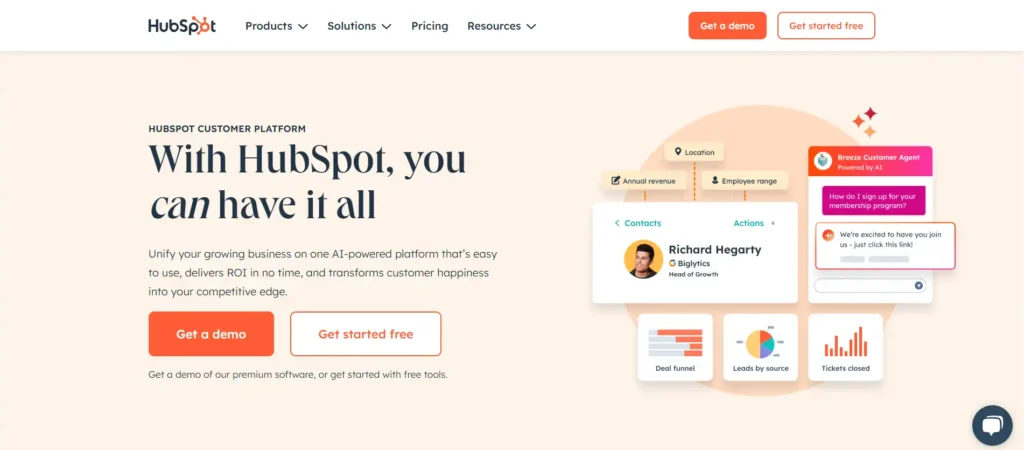
The Swiss Army knife of lead generation tools.
HubSpot Marketing Hub gives you everything you need in one free platform. We’re talking powerful automation, email marketing, lead scoring, and comprehensive analytics.
What you get:
The ratings speak for themselves: 4.4 out of 5 stars on G2 and 4.5 on Capterra.
Here’s what makes HubSpot special for small businesses: it grows with you. Start with the free features, then upgrade as your business expands.
The platform integrates seamlessly with popular tools like Calendly and LinkedIn Sales Navigator. Everything works together to create a unified lead management experience.
Best for: Small businesses that want a complete solution without paying monthly fees.
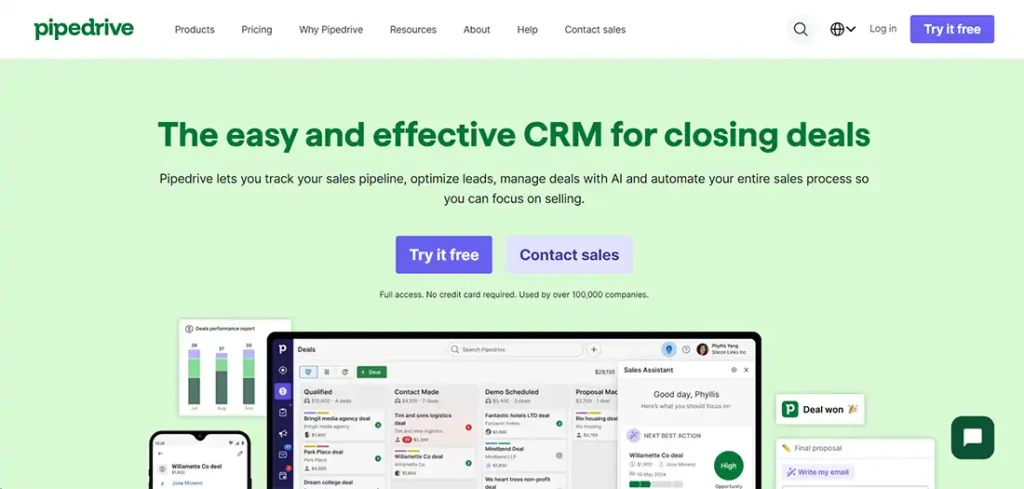
Visual pipeline management that actually makes sense.
Pipedrive transforms your sales process with a visual approach that small businesses love. At $14 per seat per month, it’s affordable and effective.
Why sales teams choose Pipedrive:
The interface shows exactly where each prospect stands. Your sales reps can see at a glance who needs a follow-up call, which deals are closing soon, and where to focus their energy.
Ratings: 4.3 on G2 and 4.5 on Capterra prove its value for sales teams.
Best for: Small businesses that want simple, visual sales management.
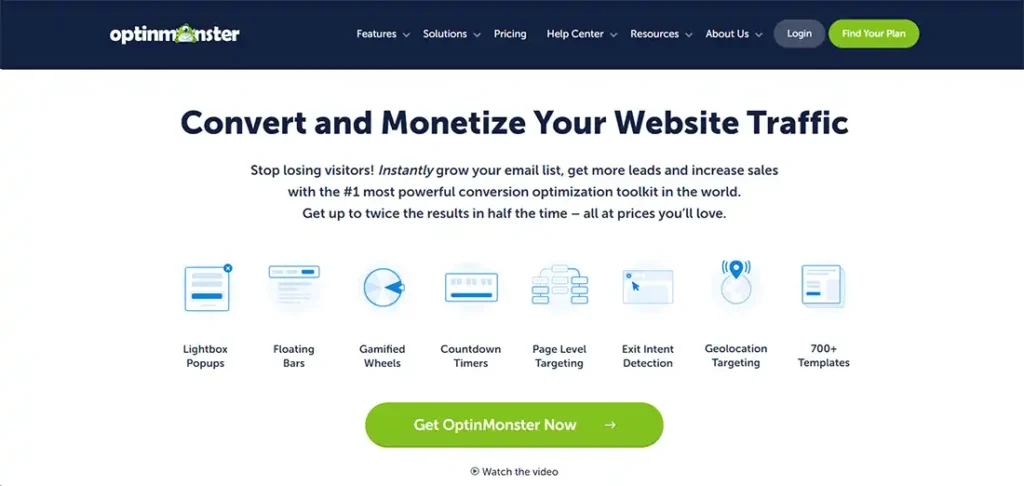
Turn website visitors into email subscribers and customers.
OptinMonster specializes in one thing: capturing leads from your website traffic. At just $7/month, it’s probably the cheapest way to dramatically improve your conversion rates.
What makes OptinMonster powerful:
The platform earns solid ratings: 4.4 stars on G2 and 4.3 stars on Capterra.
Here’s the impressive part: OptinMonster can increase conversion rates by up to 785% through personalized messaging and strategic timing.
It integrates with all major email marketing platforms, CRM systems, and e-commerce tools.
Best for: Businesses that want to capture more leads from existing website traffic.
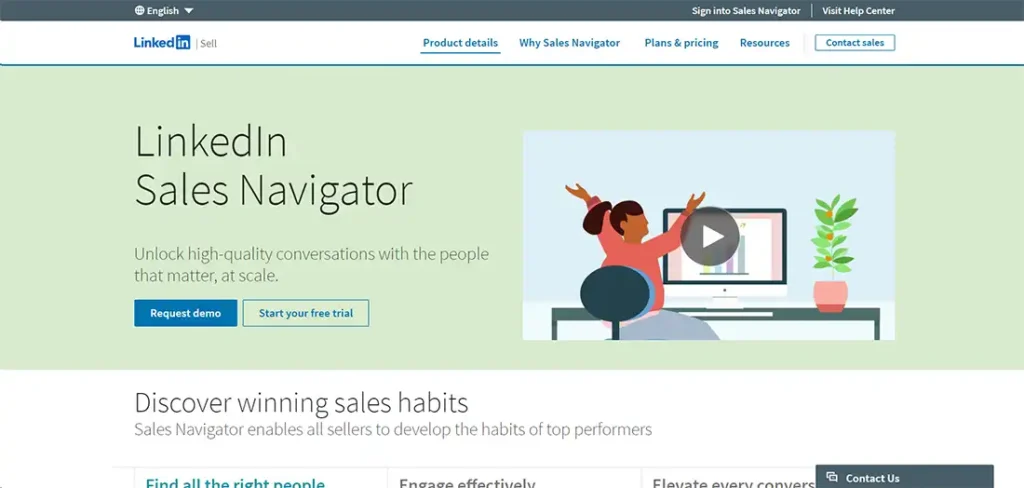
The B2B prospecting powerhouse.
If you sell to other businesses, LinkedIn Sales Navigator transforms how you find and connect with decision-makers.
Advanced search filters help you find:
This isn’t your basic LinkedIn account. Sales Navigator gives you advanced prospecting tools designed specifically for B2B sales.
The catch: You need to contact LinkedIn for pricing, and there’s no trial available. This makes it best suited for established businesses with serious B2B sales goals.
Best for: B2B companies that want to leverage professional networks for lead generation.
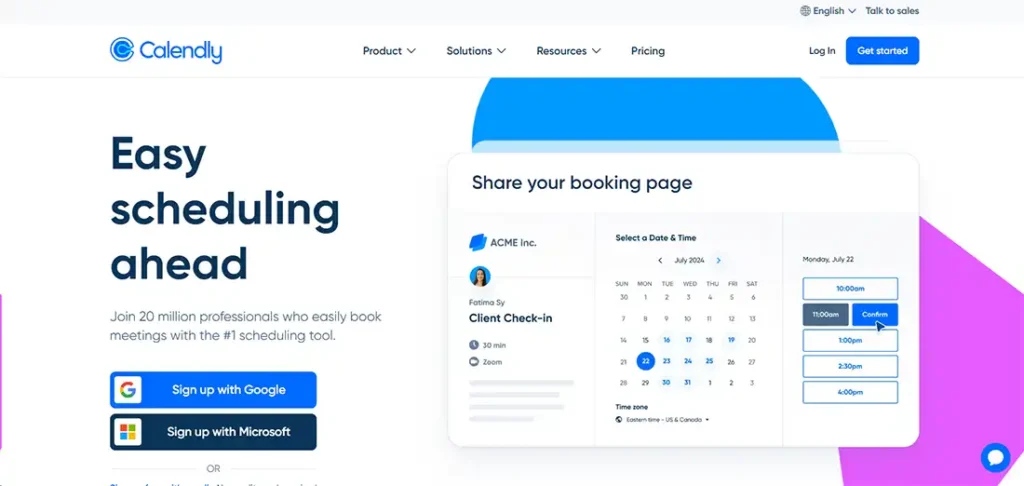
End the email ping-pong game forever.
Nothing kills momentum faster than the back-and-forth of trying to schedule a meeting. Calendly eliminates this friction completely.
How it works:
At $10 per seat per month (with a free plan available), Calendly earns an impressive 4.7 rating on both G2 and Capterra.
Why small businesses love it:
Best for: Service-based businesses that rely on consultations and appointments.
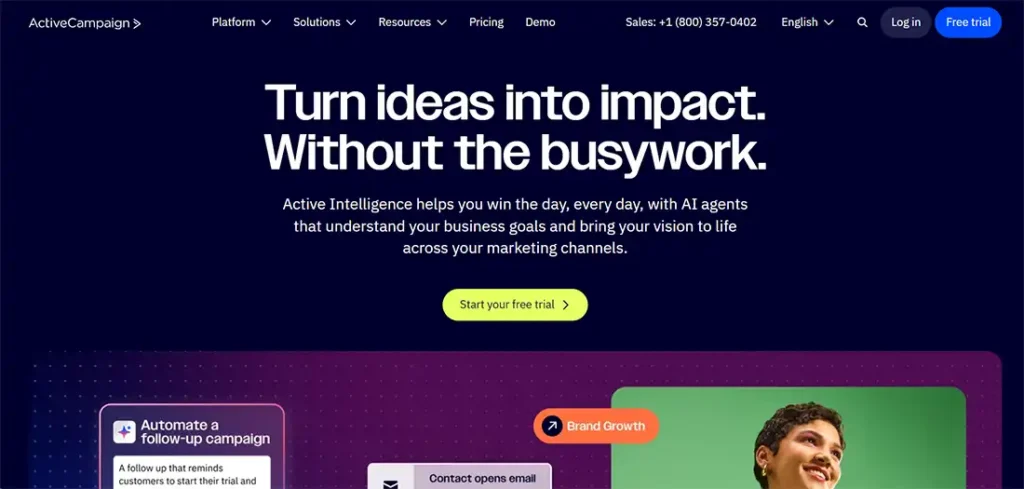
Turn leads into customers with smart email automation.
Capturing leads is just the first step. ActiveCampaign excels at nurturing those leads until they’re ready to buy.
At $15/month with a 14-day trial, it focuses on email marketing automation that actually works.
Key features:
The ratings: 4.5 on G2 and 4.6 on Capterra show why businesses trust ActiveCampaign.
Here’s the magic: Instead of sending generic emails to everyone, ActiveCampaign lets you create personalized sequences based on how prospects interact with your business.
Someone who downloads your pricing guide gets different follow-up emails than someone who visits your contact page.
Best for: Businesses that want to automate their email marketing and lead nurturing.

Don’t get overwhelmed by all the options.
Here’s a simple framework for picking the right lead generation tool:
Most tools offer free trials. Take advantage of them. Have your team actually use the software for real work, not just click around the demo.
Make sure your chosen tool connects with your existing software stack. Poor integration creates more work, not less.
Check G2 and Capterra ratings, but focus on reviews from businesses similar to yours.
Pro tip: Start with one tool, master its features, then expand your toolkit as your business grows.
Your competition is already using these tools.
Lead generation software isn’t just a nice-to-have anymore – it’s essential for small business survival and growth.
The tools we’ve covered transform how you attract and convert prospects into paying customers. They automate your sales process, save precious time, and boost revenue with minimal effort.
Here’s your action plan:
Whether you choose HubSpot’s comprehensive free platform, OptinMonster’s conversion optimization, or Pipedrive’s visual sales management, the key is to start.
Pick a tool, implement it properly, and watch your sales numbers climb month after month.
The question isn’t whether you need lead generation tools.
The question is: how much growth are you missing out on by not using them?
Lead generation software helps businesses find and attract potential customers automatically. These tools collect contact information and turn website visitors into leads without manual work.
Prices range from free to $249 per month. Basic plans start around $10 monthly, while advanced features cost more. Many platforms offer free trials so you can test before buying.
Modern lead generation tools feature simple interfaces that require no coding. Drag-and-drop builders and templates make setup easy for small business owners.
Popular platforms connect with CRM systems, email marketing tools, and accounting software. Always check integration options before choosing your solution.
Track conversion rates, cost per lead, and sales from generated leads. Most tools provide built-in analytics to monitor your performance.